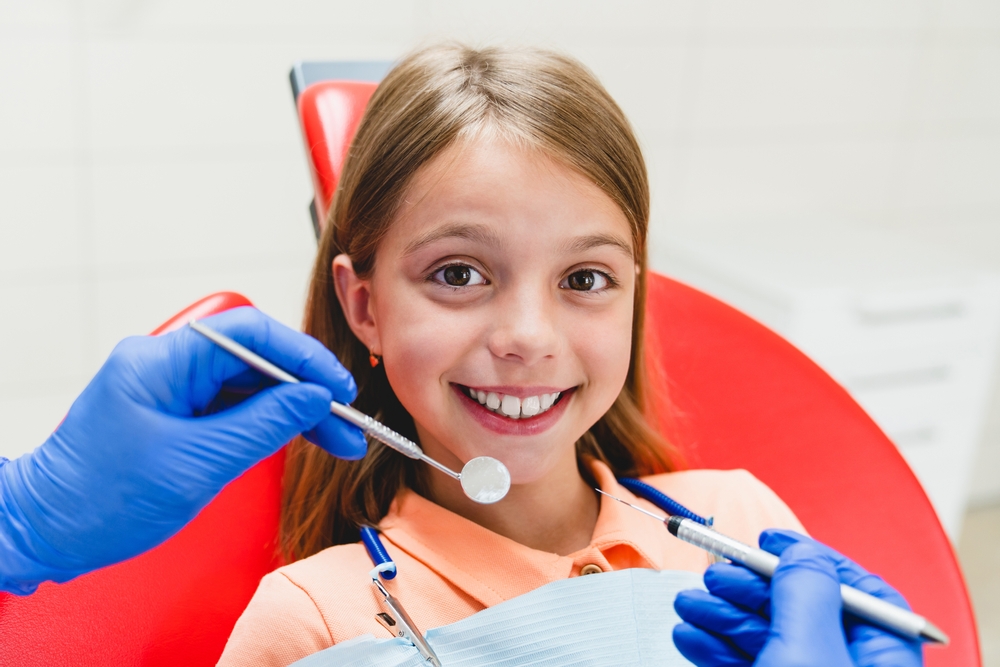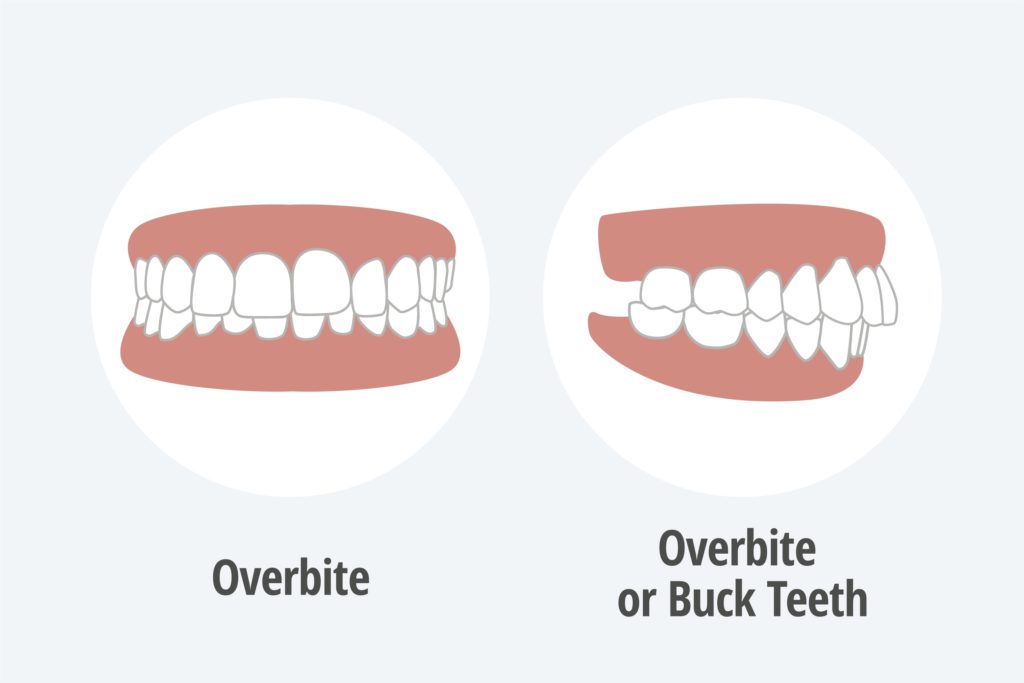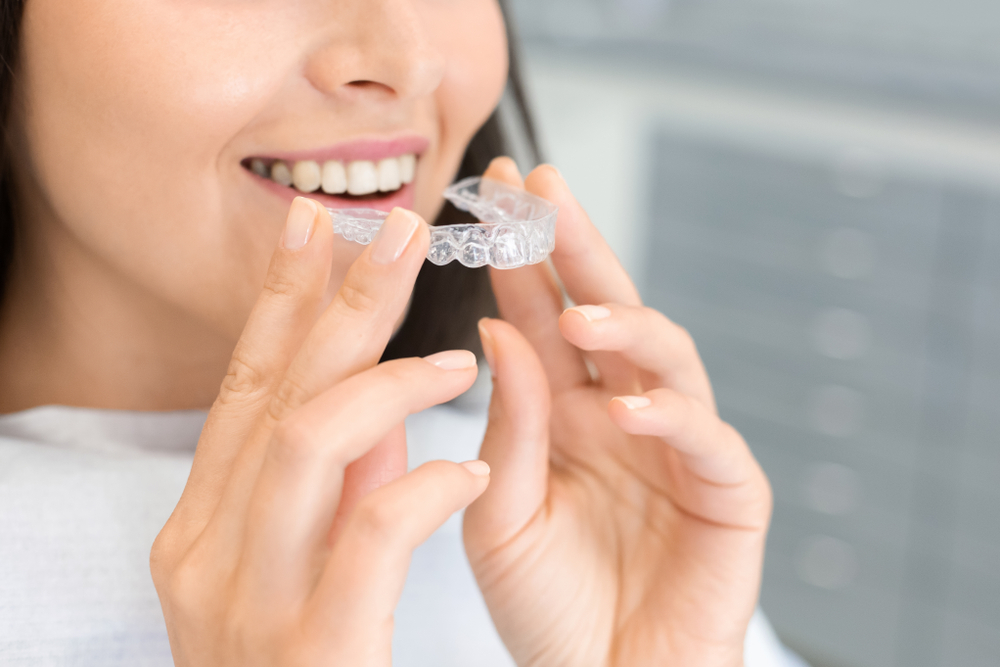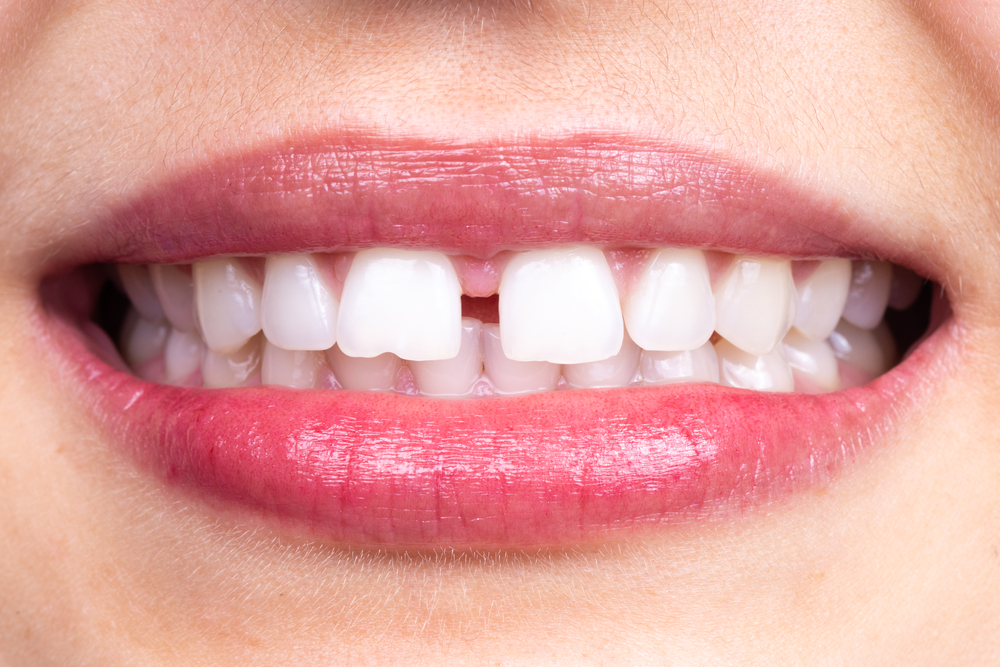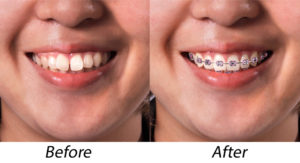
It’s holiday gift-giving time again. And if you have a new braces-wearer or Invisalign user on your list, you might be wondering about orthodontics-friendly holiday gift ideas. The team at The Brace Place is here to help. With 20+ years of experience as an orthodontic specialist, Dr. Anand Patel is super familiar with orthodontic products that help patients in caring for their braces or Invisalign.
Here are 5 best orthodontic products that we think make great holiday gifts.
1. A Braces Survival Kit
Getting braces is typically a bit of a life adjustment. A take-anywhere braces survival kit can help your new braces-wearer feel more comfortable and prepared when caring for their braces and teeth. We suggest finding a special pouch, small bag, or carrying case that fits their personality to hold all their to-go essentials. One they’ll feel confident pulling out when hanging out with friends, at school, or during activities.
What kinds of orthodontic products should you include? Well, caring for braces (and teeth!) often means keeping them clean throughout the day and alleviating discomfort. So first, consider items that help with on-the-go, easy flossing and brushing with braces: your braces-wearer will need tools for quickly and discreetly removing food debris and sugars after eating.
Next, think about orthodontic products that soothe braces soreness. This can sometimes happen after braces get adjusted or tightened.
The best products for a braces survival kit include:
- A compact mirror
- Floss picks
- Travel toothbrush and fluoride toothpaste
- Mouthwash
- Lip balm
- Over-the-counter pain relievers
- Orthodontic wax to create a barrier between braces and the inside of lips or cheeks
And how about Invisalign supplies? The items above work great for Invisalign wearers, too. Just swap out the orthodontic wax for Invisalign-specific products — like a case to hold their clear aligner trays (when they’re taken out during eating or drinking anything other than water), or Movemint clear aligner mints. Movemints are a breath-freshening alternative to clear aligner chewies.
What are “chewies?” Chewies are one of the many Invisalign products that make Invisalign wearing even easier. You bite on them to push aligner trays back into their correct positions after you’ve taken them out.
2. Electric Toothbrush
Does an electric toothbrush really clean better than a manual one study has shown that brushing — with braces or not — can be more effective with an electric toothbrush than with a manual one. Over this 11-year study, electric toothbrush participants showed 18% less tooth decay than those using a manual toothbrush.
In the study, electric toothbrushes were more effective at removing food particles from teeth. In turn, that makes them better at preventing tooth decay and gum disease in the long run. They also have built-in tech, like timers and modes to ensure you’re brushing your best — with braces or without.
And if you’re wondering how to clean your Invisalign trays? Use your electric toothbrush to give them a gentle brush before popping the trays back in your mouth.
How To Choose An Electric Toothbrush For Brushing With Braces
Choose one with a rotating and oscillating head, sometimes called a sonic toothbrush. Some are designed specifically for brushing with braces by dental and orthodontic supplies brands Phllips Sonicare and Oral-B. If you’re not sure which one to choose, feel free to ask us. We’re here to help our patients figure out the best orthodontic products that work for them.
3. Water Flosser
We know flossing with braces can be a little tricky at first. One of the most helpful orthodontic products, a water flosser is easier to maneuver than dental floss and can get an even cleaner clean. According to one study, using a water flosser can reduce plaque by 75% versus cleaning with dental floss.
Now, with all your holiday spending, it’s nice to know that water flossers come in a variety of models to suit different budgets and needs. And if you have children, Waterpick® has kid-friendly ones that make flossing — with braces or without — a fun activity. Kid water flossers are scaled smaller, brightly colored, and even come with fun stickers. They also typically come with a lower pressure range to accommodate more sensitive gums.
Want to really encourage flossing? Make flossing with braces more fun with orthodontic products like Superfloss and Cocofloss.
4. Ice Cream, Gelato or Frozen Yogurt Gift Card
As mentioned earlier, sometimes having braces can cause some oral discomfort. Especially after tightening or adjustments. And although Invisalign treatment doesn’t require adjustments, it comes with its own uncomfortable phases, typically when switching from one set of trays to the next.
Soothe your loved one’s oral pain with a cold treat gift. Gift cards are popular holiday gift ideas and for those going through orthodontic treatment, a gift card for a favorite ice cream, gelato or frozen yogurt place can make oral discomfort a little more sweet.
We give a thumbs up to ice cream, gelato or frozen yogurt because they’re soft foods that won’t damage braces. But it goes without saying that they still have sugar, so braces-wearers should rinse with water or brush their teeth afterwards to minimize sugar bugs. And enjoy in moderation, of course!
Want to ensure you’re balancing sweet treats with healthy foods? Dr. Patel and the team at The Brace Place suggest teeth-happy snacks for braces like fruits, veggies and homemade energy bites.
5. Refillable Water Bottle
Last but not least, a reusable water bottle is one of those holiday gift ideas that promotes health all-around. There’s no downside to encouraging your loved one to hydrate while caring for their braces and teeth with a sugar-free drink. For Invisalign wearers, the great thing about a refillable water bottle is that they don’t have to take out their clear aligners to quench their thirst.
The Gift of Orthodontic Care For the Holidays
Well, that wraps up our top 5 holiday gift ideas for the braces- or Invisalign-wearer on your list! But if your loved one needs orthodontic treatment and hasn’t started yet, we think the holidays are a great time to start.
Contact your Tulsa and Claremore, OK orthodontist today for a free initial consultation.



